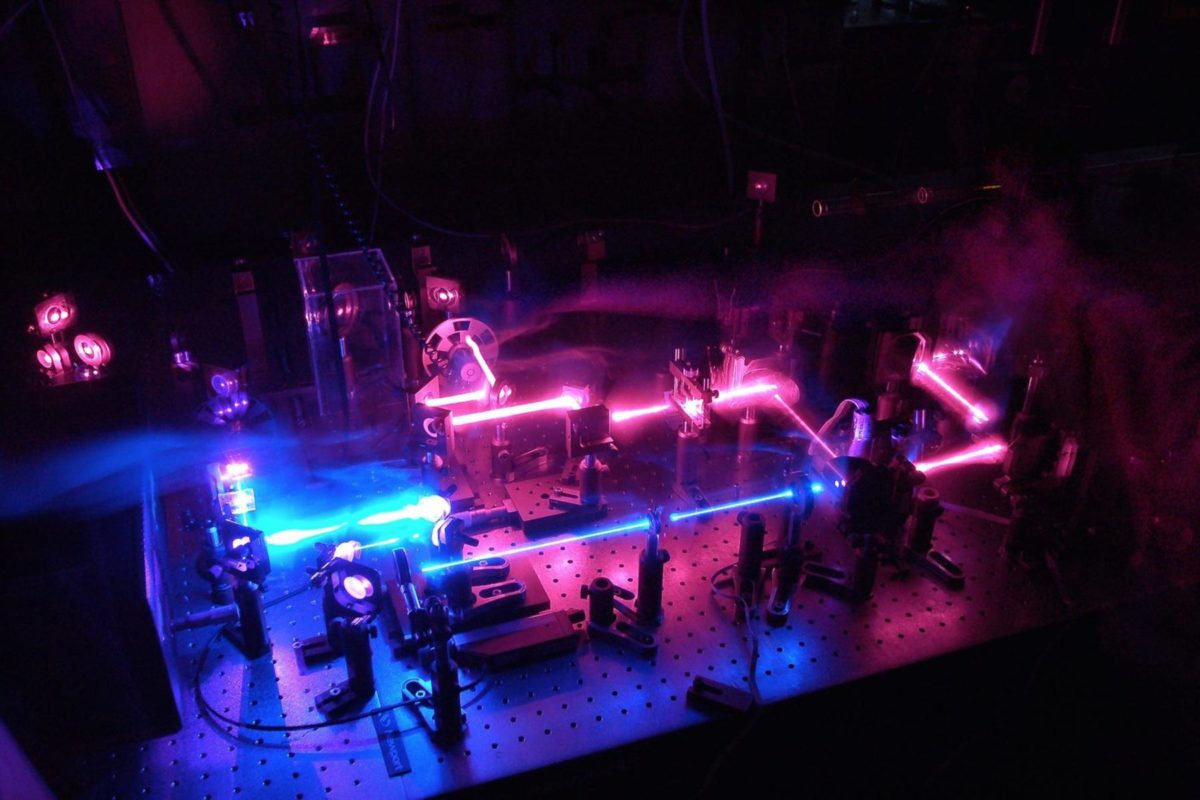Excitons are quasiparticles which can form as a photon is absorbed by a semiconductor material. They can also emit light, and are part of the reason humans see light and color.
A better understanding of the excitons formed by certain materials, and the ability to harvest or manipulate them could lead the development of new highly efficient solar cell materials, and also types of lighting that are much more energy efficient than current LED technology.
“We are interested in controlling and harvesting the energy,” says centre director Professor Paul Mulvaney. “So we harvest not the light directly, but the excitons as they are formed.”
Each material has a unique ‘exciton signature’, which is characterized by how electrons are excited, how long energy takes to be released, and what happens afterwards. Researchers at the centre will create new synthetic materials, which can then be characterized and optimized based on their exciton properties.
“We find out what sort of excitons are formed, how long they last for, and how is it related to the structure of the material,” explains University of Melbourne Professor Ken Ghiggino. “Then we feed that information back, and they change the structure of the molecule according to what we have found, and we go through this cycle again until we get the optimum properties.”
Ultimate goals of the research include reducing the cost of solar through new technologies, particularly flexible solar cells for building-integrated applications, and also more efficient, scalable manufacturing for LEDs.
“We want to develop new materials for photovoltaics, says Mulvaney. “And we want to look for new ways to use solar energy, in particular flexible solar cells, so we have more architectural possibilities for exploiting these, not just the rigid roof model. We are also looking at the possibilities for next generation LEDs. If we could convert all the lightbulbs in Australia into LEDs, then we would probably meet our emissions reduction targets.”
While Mulvaney himself has plenty of ideas for ways to exploit excitons, he is hoping that with its young team of researchers, the centre of excellence will also produce some entirely new innovations in the field.
“If we want Australia to do breakthrough science we have to give young people the resources to go for those big dreams, and we need to give them a bit of freedom to do that,” continues Mulvaney. “One thing I am looking forward to is seeing some of the whacky ideas being tried, and hopefully a few converting into something successful.
The Centre of Excellence for Exciton Science includes researchers from University of Melbourne, Monash University, RMIT University, UNSW and the University of Sydney. Partners include the Defence Science and Technology Group, Reserve Bank of Australia and the Commonwealth Scientific and Industrial Research Organisation.
This content is protected by copyright and may not be reused. If you want to cooperate with us and would like to reuse some of our content, please contact: editors@pv-magazine.com.




By submitting this form you agree to pv magazine using your data for the purposes of publishing your comment.
Your personal data will only be disclosed or otherwise transmitted to third parties for the purposes of spam filtering or if this is necessary for technical maintenance of the website. Any other transfer to third parties will not take place unless this is justified on the basis of applicable data protection regulations or if pv magazine is legally obliged to do so.
You may revoke this consent at any time with effect for the future, in which case your personal data will be deleted immediately. Otherwise, your data will be deleted if pv magazine has processed your request or the purpose of data storage is fulfilled.
Further information on data privacy can be found in our Data Protection Policy.